The Future of Learning is Visual: A Strategy Guide for Publishers and EdTech Administrators
Introduction: The Digital Shift in Education
In the modern classroom, explainer video animation is rapidly replacing traditional textbooks as the key tool for engaging students. With today’s digital-first generation, flat text and static visuals simply aren’t enough to captivate attention. Students, educators, and parents are increasingly seeking educational experiences that are interactive, easily accessible, and visually engaging.
For book publishers and EdTech administrators, this shift presents a unique challenge: how to update outdated content and ensure your educational resources remain relevant in an ever-evolving digital landscape. Explainer video animation offers the perfect solution.
In this guide, we’ll explore how high-quality instructional animations bridge the gap between traditional textbook knowledge and dynamic digital learning, providing schools with the tools they need to increase student engagement and ensure future success in the education market.
The Challenge: Why Traditional Textbooks Are Falling Short
In an era dominated by YouTube, TikTok, and interactive apps, the traditional textbook model faces several critical limitations:
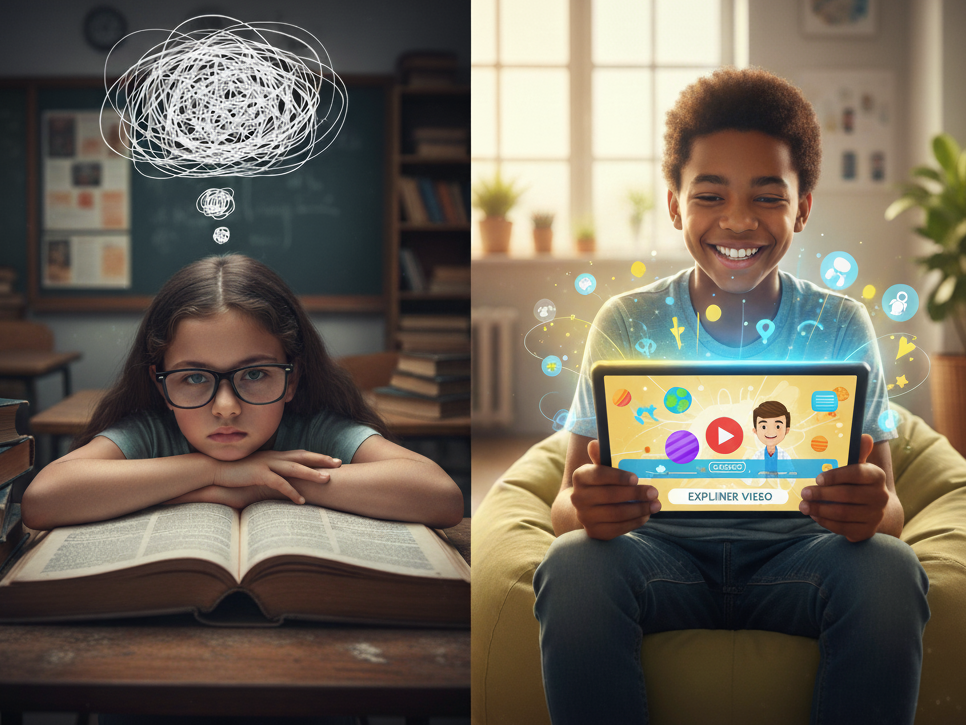
A. The Problem of Student Engagement
- Less Attention Span: Studies show over and over that digital natives learn best when they use multimedia. Static text by itself often causes cognitive overload and low retention rates.
- Accessibility Gaps: Print textbooks can’t meet the needs of visual, auditory, or kinesthetic learners all at once, which makes it hard for students from different backgrounds to learn.
B. The Publisher’s Problem with Digitizing Content
- Inefficiency in converting text to digital: Changing a PDF file into an eBook doesn’t make interesting digital content. Publishers need a way to turn long, complicated text into effective, measurable learning modules that can grow with their needs.
- Outdated Delivery: Schools need content that works well with their Learning Management Systems (LMS). Standard e-textbooks don’t always have the interactive features that are needed for real digital adoption.
The Solution: Animation Services for Explainer Videos
The way textbooks are turned into videos is changing in a big way thanks to explainer video animation services. Not just videos, these are powerful, modular educational tools that are easy to share and help students learn the most.
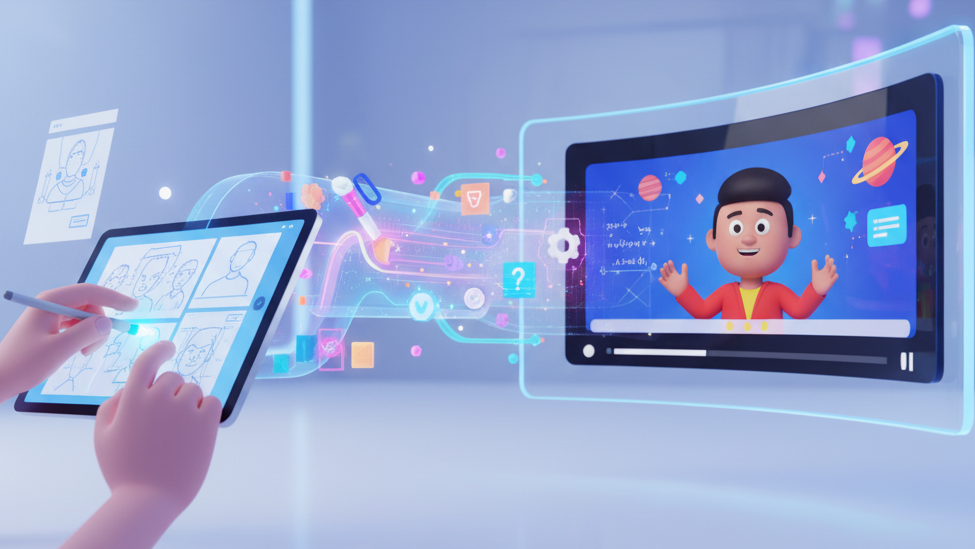
1. Simplifying Complex Concepts with Visual Storytelling
Animation is the best way to make hard or abstract topics easier to understand.
- Science & Math : You can’t see how cells work, how chemicals react, or how to prove complicated geometric proofs with static images. With motion graphics and 3D modeling, educational animation makes these ideas come to life.
- History & Humanities : Instead of long paragraphs, animated timelines, changes in geography, and stories about people can make historical events more interesting and easier to remember.
- Core Benefit : Using the brain’s preference for visual data to improve understanding and memory. When we look at pictures, our brains work 60,000 times faster than when we read text.
2. Getting Students More Involved Than Ever
Animation of high quality is naturally interesting, and it can hold a student’s attention when text often fails.
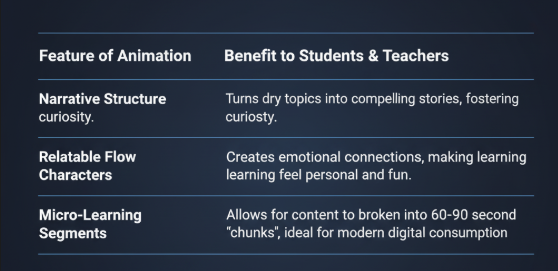
3. The Publisher’s Road to Market Authority and Growth
Book publishers should invest in explainer video animation services because it is a smart business move that gets the most out of their intellectual property.
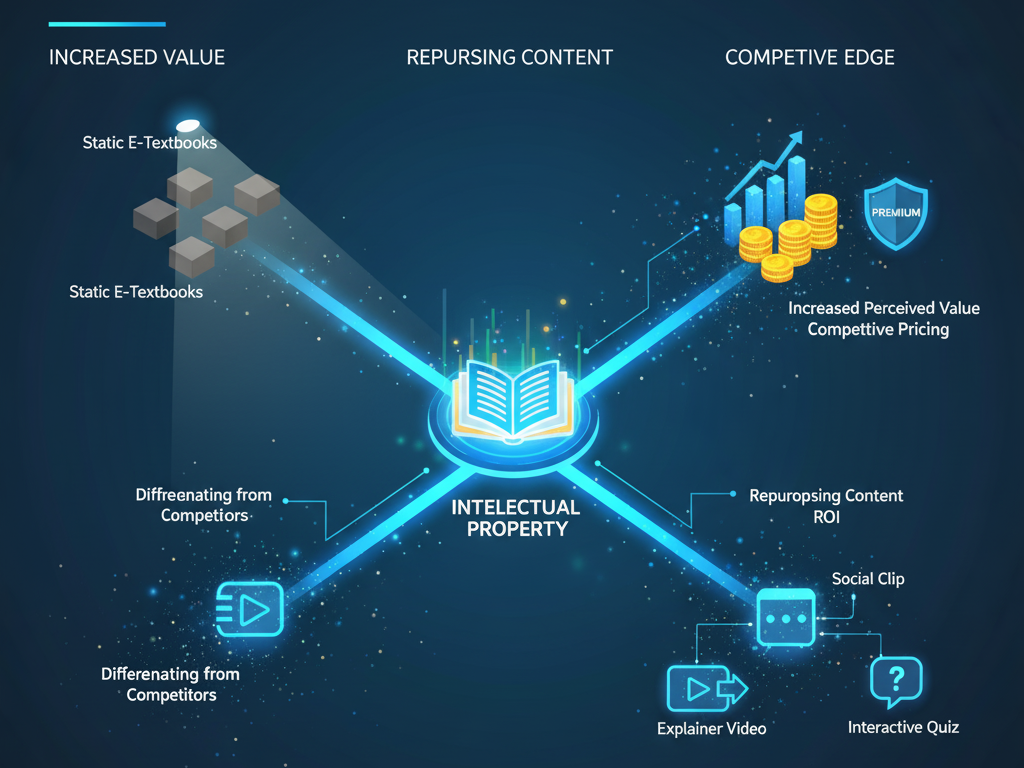
- Increased Perceived Value: Animated content makes a digital textbook package much more valuable, which lets schools in the B2B market set competitive prices.
- Repurposing content: You can turn one chapter into an animated explainer video, a short clip for social media, and an interactive quiz module, all from the same source material. This gets the most return on investment from making content.
- Differentiating from Competitors: Offering ready-to-use, highly engaging video supplements is a clear competitive advantage over publishers who only offer static e-textbooks.
How animated explainer videos Integrates with school ecosystems
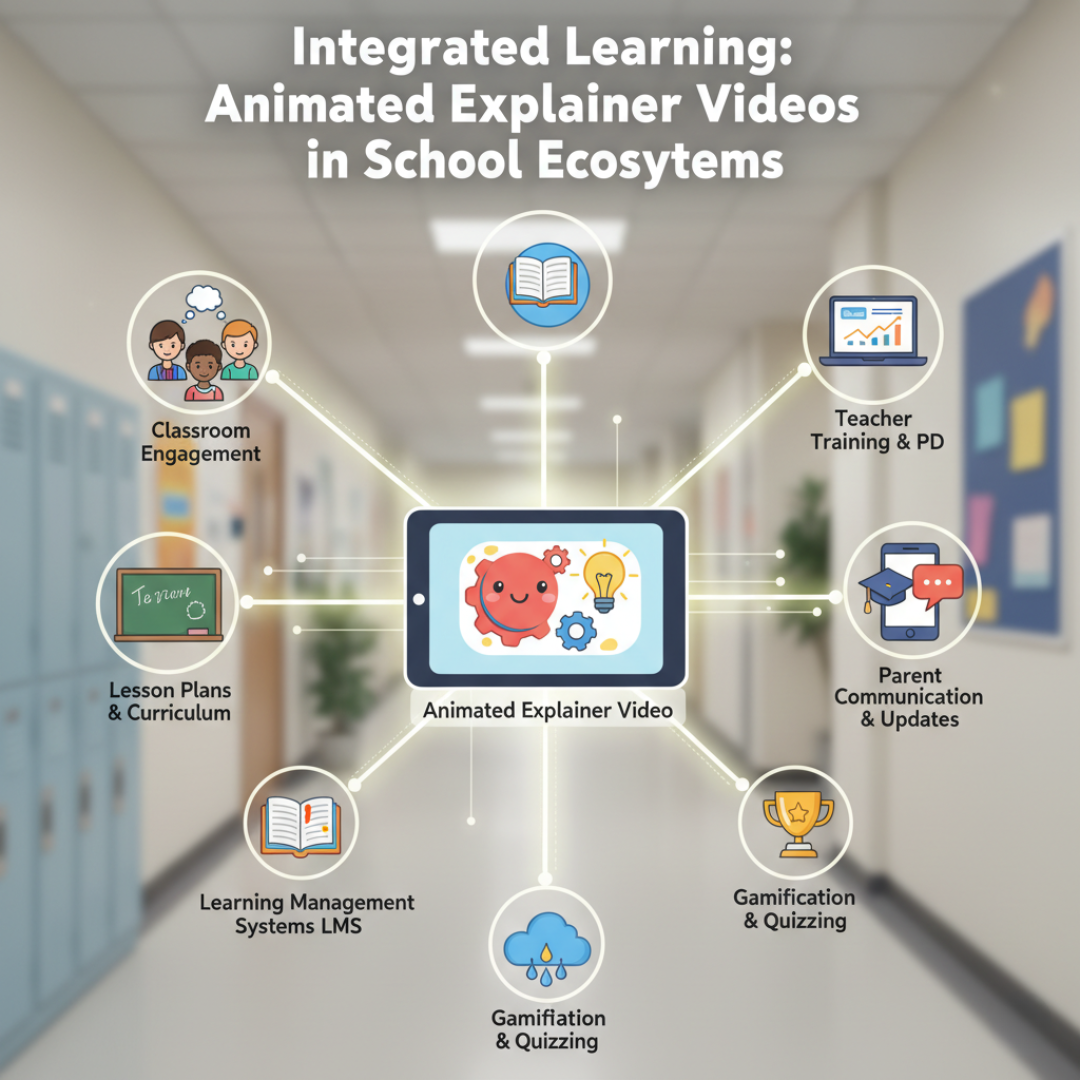
Educational animation is useful for more than just the video file. The real value of this to schools is that it works with a lot of different things.
A. Seamless LMS Integration
Schools can directly upload videos from modern animation studios into their existing platforms, such as Canvas, Moodle, and Google Classroom. These videos come in formats like SCORM, xAPI, and MP4. This is very important for EdTech Administrators who want easy-to-use, plug-and-play solutions.
Data and Analytics: Videos let you keep track of important metrics like how many people finish watching and how often they watch again. This gives teachers and administrators important information about how students interact with the material and how hard it is, which static text can’t do.
B. Catering to Diverse Learning Styles
Inclusivity and accessibility are two important reasons why schools should adopt it. All four main learning styles are naturally supported by explainer videos:
- Visual: Through colorful graphics, motion, and interactive demos.
- Auditory: Via professional voiceovers and sound effects.
- Reading/Writing: With closed captions, embedded text, and transcripts that can be searched.
- Kinesthetic: When it has built-in interactive parts or calls to action, like “Pause and calculate…”.
Choosing the Right Explainer Video Animation Services Partner
Not all animations are the same. To make sure that digital learning content is of high quality, book publishers and EdTech leaders need to carefully choose their partners based on certain criteria.
Key Assessment Criteria
- Educational Expertise : Does the studio know how to teach? They should know how to use pictures to make a concept easier to understand, not harder.
- Process Efficiency : Look for a clear process (Script → Storyboard → Animation → Final Delivery) that meets publishing deadlines and lets clients give clear feedback.
- Style Versatility : The partner needs to be able to change their style (like Whiteboard, 2D Motion Graphics, or 3D Modeling) to fit the topic and the age group of the students. A grammar lesson and a physics lesson need to be taught in different ways.
- Scalability : The studio must show that it can handle big content digitization projects, which often include hundreds of chapters or thousands of minutes of content.
Conclusion: The Mandate for Digital Transformation
Educational materials must be accessible and keep students interested. Moving to high-impact digital content is no longer an option for book publishers and schools; it is a must if they want to stay competitive.
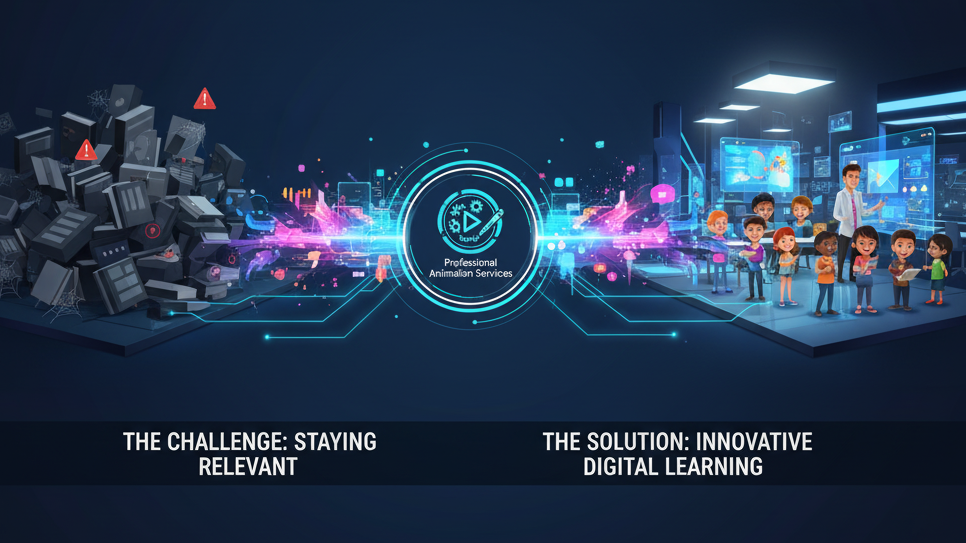
Your company can successfully navigate the difficulties of turning textbooks into digital learning content that is modular, measurable, and very effective by using professional Explainer Video Animation Services in a smart way. This will help you stay ahead of the competition in the future of EdTech.
Are you ready to make your static chapters into fun learning experiences?
The main benefits are getting the most out of static textbook content, making digital learning content seem more valuable, and making it easy for school clients to use the LMS.
Educational animation greatly increases student interest by using visual storytelling to make difficult ideas easier to understand. This leads to better understanding and memory than just using text.
2D motion graphics are flexible, but Whiteboard Animation is often better for turning academic topics into videos because it looks like a teacher writing on a board, which makes it feel natural and focused on the explanation.
An explainer video is a short (typically 60-90 second) animated digital video designed to simplify complex concepts, demonstrate processes, or tell a story that aligns with an academic curriculum. In education, they are a highly engaging form of digital content that helps students grasp difficult subjects quickly and improve information retention.
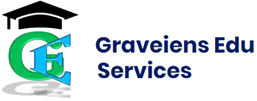
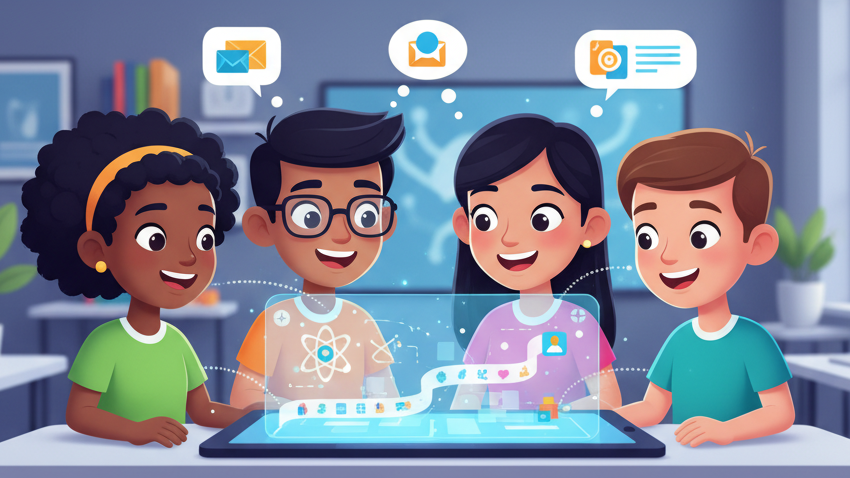

Comments 0